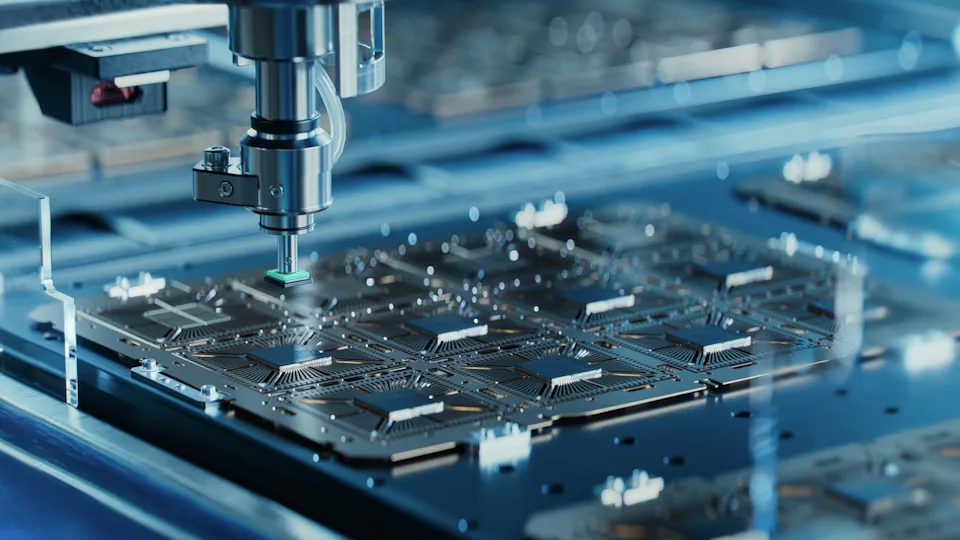Let’s talk about Intel – that once-great tech giant we all rooted for but watched stumble over the last decade. You remember when every computer proudly sported that “Intel Inside” sticker? Those days feel like ancient history now. The company missed the smartphone revolution, got lapped by AMD in chip design, and saw Apple ditch its processors entirely. Ouch.
But here’s where it gets interesting. Under Pat Gelsinger’s leadership, Intel is making some bold moves that could either be genius or disastrous. They’re pouring billions into new U.S. chip factories (fabs, in industry speak), thanks partly to government CHIPS Act funding. They’re even trying to compete with Taiwan’s TSMC by making chips for other companies – a huge gamble that could pay off big or crash spectacularly.

The financial picture? Honestly, it’s messy. While their PC business is stabilizing, the profitable data center division keeps losing ground to AMD. Those shiny new factories are sucking up cash like a vacuum cleaner, and that tempting 3% dividend yield might not be sustainable if things don’t turn around soon. But here’s the kicker – the stock is priced like everyone’s already given up on them.
What could change the game? Two words: AI and geopolitics. Intel’s new Gaudi AI chips won’t beat Nvidia’s best, but they don’t have to – they just need to be good enough and cheaper. And with global tensions rising, having U.S.-based chip production suddenly looks a lot more attractive to governments and big tech companies.
So should you buy? Here’s the real talk: This isn’t an investment for the faint of heart. It’s more like buying a fixer-upper house – could be a great deal if the renovations go well, or a money pit if they don’t. If you’ve got patience and can handle some risk, Intel at today’s prices might be worth a small bet. But if you’re looking for steady, reliable growth? You’ll probably sleep better with other options.
The bottom line? Intel’s story isn’t over yet. It could be the comeback of the decade or a cautionary tale for business textbooks. Either way, it’s going to be interesting to watch.
Also compare Nvidia Here

